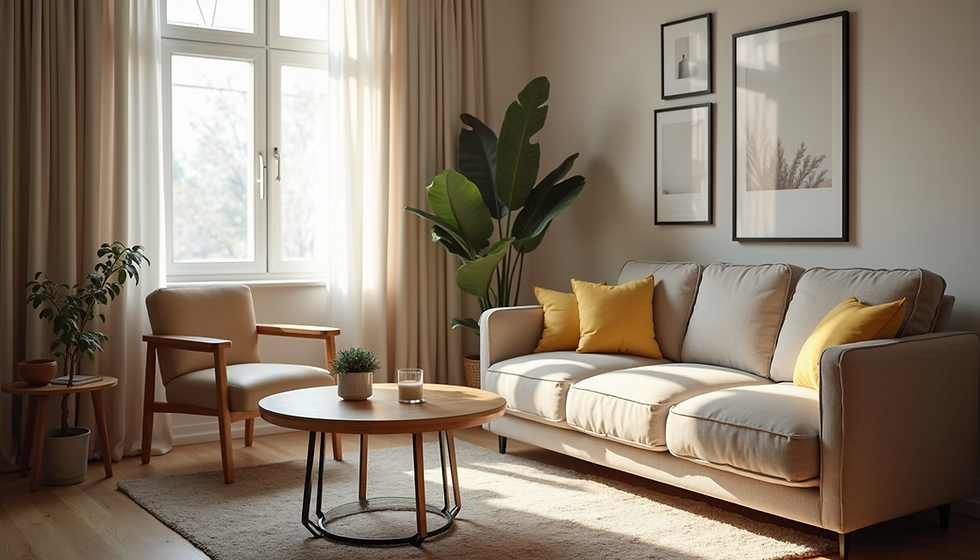Unveiling the Secret: Illuminating Sustainable Architecture Through the Harmony of Light and Space
- andy marriott
- Mar 17
- 3 min read
In the quest for sustainable architecture, the interplay between light and space emerges as a pivotal element. It is not just about creating structures that minimize environmental impact; it's also about enhancing the experience of the occupants and their interaction with the natural surroundings. This blog post explores how the harmony of light and space contributes to creating sustainable architectural masterpieces.
The Essence of Sustainable Architecture
Sustainable architecture goes beyond using eco-friendly materials. It's about designing buildings that coexist harmoniously with their environment. This includes considering factors like energy efficiency, resource conservation, and the psychological well-being of those who inhabit these spaces. A key principle here is the thoughtful manipulation of light and space.
Light as an Architectural Element
Light is one of the most powerful tools in architecture. It influences mood, defines spaces, and can even alter perceptions of size and scale. In sustainable architecture, natural light is emphasized, reducing reliance on artificial sources.
Using strategically placed windows, skylights, and open spaces can harness sunlight throughout the day. This not only creates a more inviting atmosphere but also significantly cuts down on energy consumption. Architects are increasingly integrating features like light shelves or reflective surfaces to distribute natural light deeper into the interior.

The Role of Space in Sustainability Design
Space is as crucial as light in sustainable architecture. The layout should promote a flow that encourages efficient use of the area while allowing for flexibility in how spaces are used. The design can reduce energy requirements and improve overall comfort. For instance, open floor plans can facilitate better air circulation and use less energy for heating and cooling.
Moreover, creating spaces that can serve multiple purposes maximizes functionality. Rooms that transform according to the time of day or the season can minimize unnecessary resource use and contribute to a less cluttered environment.
Biophilic Design: Merging Nature with Architecture
Biophilic design takes the harmony of light and space a step further by incorporating natural elements into architectural practices. This approach fosters a deeper connection between occupants and the environment.
Large windows that frame views of nature and the integration of indoor plants not only enhance aesthetics but also benefit mental health and well-being. The benefits of natural light and open spaces are well-documented, influencing positive mood, productivity, and creativity.
The Future of Sustainable Architecture
The future of sustainable architecture looks bright as the emphasis on environmental consciousness grows. As architects continue to explore innovative ways of using light and space, we can expect to see even more transformative designs that not only save resources but also enhance the quality of life for occupants.
Collaborative efforts between architects, engineers, and environmental scientists will pave the way for creating structures that redefine our relationship with the built environment.
Conclusion
In conclusion, the harmony of light and space in sustainable architecture is not merely a design choice; it is a necessity for creating a more environmentally friendly and livable world. By embracing these principles, architects have the opportunity to craft spaces that are not only aesthetically pleasing but also functional and resource-efficient.
As we continue to confront the challenges of climate change, the integration of natural light and thoughtfully designed spaces will play a crucial role in the architectural landscape of the future. Let us continue to illuminate our world with creativity, sustainability, and a deep respect for our planet.




Comments